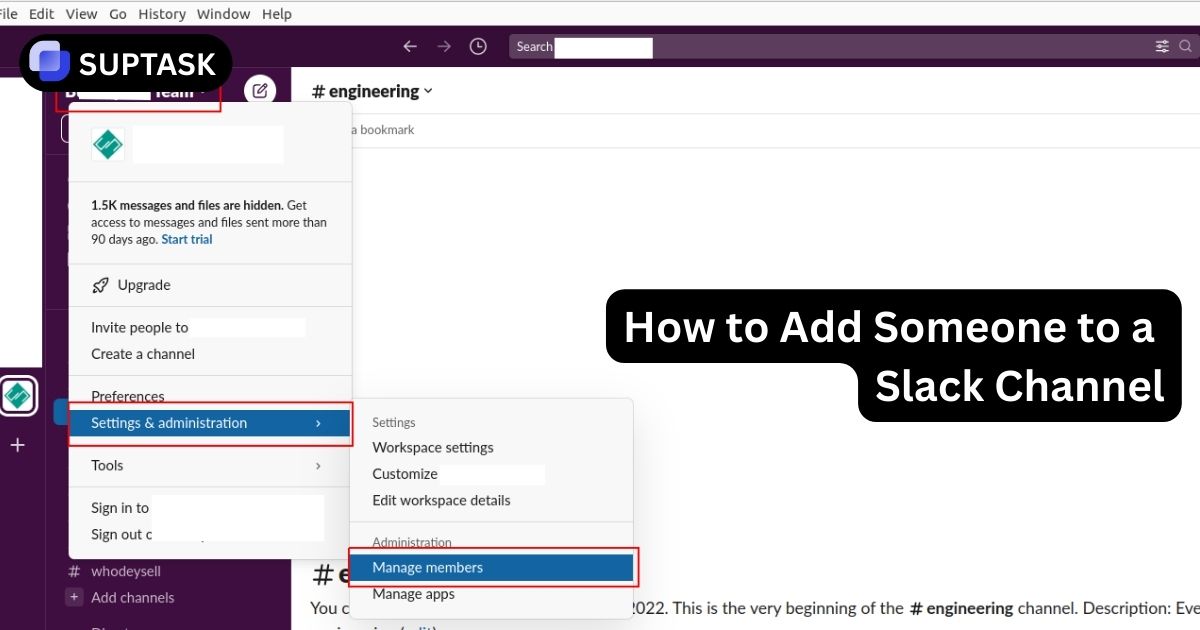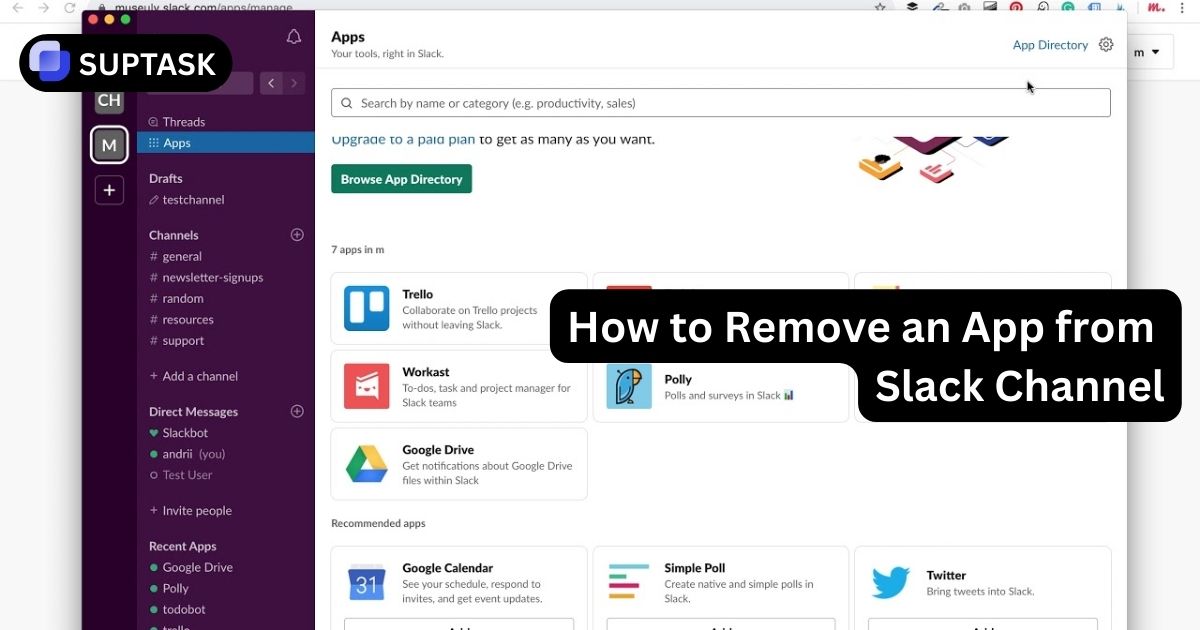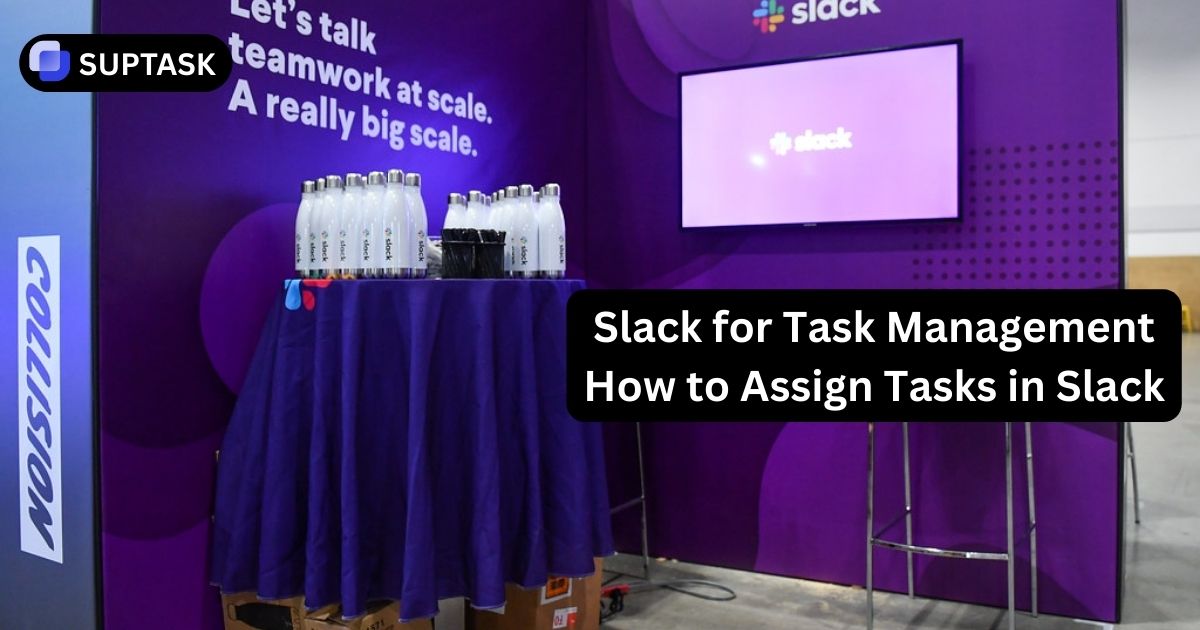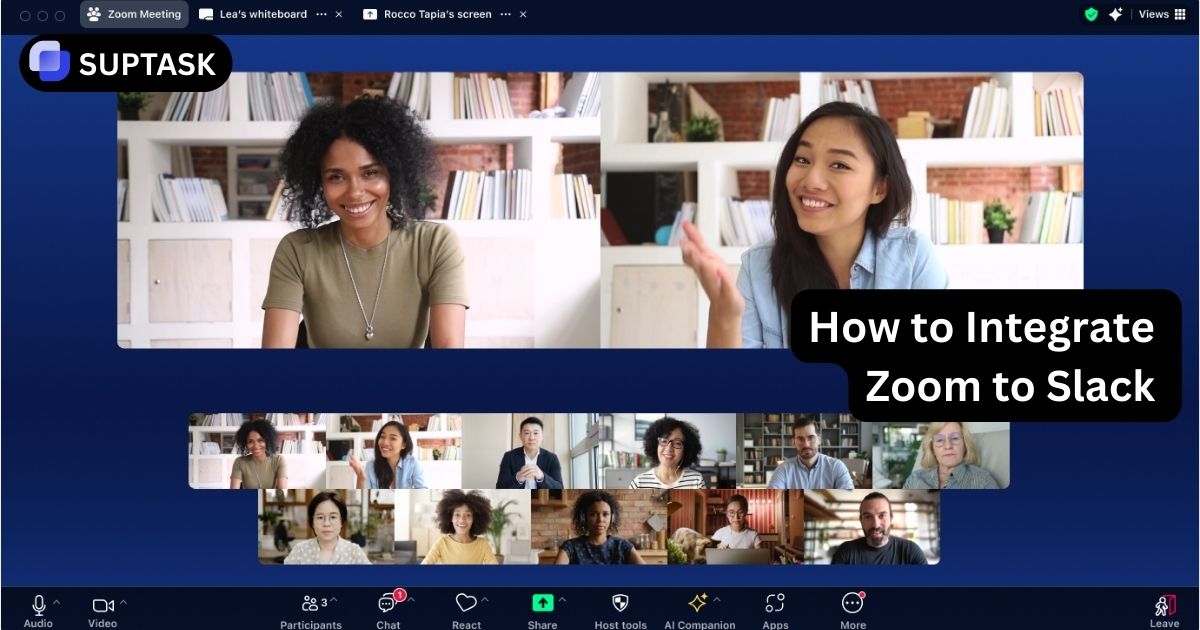Are you questioning Slack’s security standards? With the essential need to protect sensitive information, it’s a valid concern.
Our guide dives into how Slack keeps your data secure, examining its encryption methods, compliance protocols, and enterprise control measures while addressing the inherent risks.
Understand your trust in Slack’s security through a pragmatic lens, and learn how to make Slack secure for your organization.
Key Takeaways
- Slack ensures data security through rigorous data encryption at rest and in transit, coupled with robust features such as two-factor authentication, enterprise key management, and compliance with industry-specific standards, including SOC 2 Type II, HIPAA, and GDPR.
- Users should be aware of potential security risks such as user error, vulnerabilities from third-party app integrations, and phishing attacks and take proactive measures to mitigate these risks, including regular account management and user education.
- To enhance Slack’s inherent security measures, users can implement additional best practices like mandatory two-factor authentication, diligent access management, specialized security tools and third-party solutions to protect against threats and data breaches.
Understanding Slack's Security Features
Few would dispute the convenience and functionality that Slack brings to workplace communication. Suptask, a ticketing system directly in Slack, further intensifies these halp alternative features.
Like any platform handling sensitive data, knowing the security measures in place is critical. From encryption and data protection to enterprise key management, Slack incorporates several security features designed to protect your data and instill confidence in its use.
To safeguard your data, Slack uses rigorous encryption methods. Your data is encrypted at rest and in transit to prevent unauthorized access. This means that it is protected from potential security threats if you wish to export Slack conversations or store your data.
However, encryption is just one aspect of Slack’s security apparatus. Other security measures include:
- Two-factor authentication
- Enterprise key management
- Compliance certifications
- Incident response and monitoring
These additional security measures ensure that we always protect customer data, maintaining robust network security.
Encryption and Data Protection
What exactly gets encrypted on Slack? The answer is all messages and data, whether stored or transmitted between users.
This means your conversations and files are secured against potential data breaches, protecting against security risks.
However, Slack’s dedication to data protection extends beyond mere encryption. It also provides data residency options, allowing organizations to choose where their data is stored at rest.
This means you can store your data in a region that aligns with your organization’s privacy regulations, providing added control over your data.
Compliance Certifications
The compliance certifications Slack holds further attest to its dedication to security. With certifications spanning from:
- SOC 2 Type II
- HIPAA
- FINRA
- FedRAMP
- GDPR
Slack demonstrates readiness to meet various industry-specific security and privacy standards for your Slack account, including protecting your login credentials and ensuring seamless integration with Slack Connect.
These certifications aren’t just badges of honor. They offer practical benefits to organizations within specific industries.
For instance, healthcare organizations can rely on Slack’s adherence to HIPAA for health information privacy, while financial institutions can leverage Slack’s FINRA compliance to meet their regulatory requirements. This makes Slack a viable communication platform for a diverse range of businesses.
Enterprise Key Management
Even though encryption and compliance play central roles in Slack’s security, they don’t complete the picture.
Another critical feature is Slack’s Enterprise Key Management (EKM) system, which allows organizations to control their own encryption keys, ensuring the highest level of security with Slack Enterprise Key Management.
With Slack EKM, you’re not just a passive participant in your data’s security. You can manage your own encryption keys, granting or revoking access to your data as needed.
This level of control is particularly valuable for businesses that handle sensitive information, offering another layer of security and peace of mind.
Identifying Potential Security Risks on Slack
.webp)
Despite Slack’s robust security features, it’s equally important to be cognizant of potential security risks.
These include user error, potential vulnerabilities in third-party Slack app integrations, and the threat of phishing attacks. Understanding these risks allows you to take proactive measures to protect your data.
Both user errors and user account management issues can present substantial risks. From data loss due to accidental deletion of groups to unauthorized access from former employees, these issues underscore the importance of careful account management and user education.
User Error and Account Management
User errors can result in serious security problems on Slack. For instance, Slack users with ‘Owner’ and ‘Admin’ roles can:
- Create and manage user groups
- Add or remove members from groups
- Change group settings
- Delete groups
These powers can result in unintentional data loss if not used judiciously by only the right people. Understanding the powers and responsibilities of different roles can help mitigate these risks.
Offboarding is another area where user error can lead to security risks. If former employees and contractors can still access corporate networks, this can lead to data breaches and compliance violations.
To mitigate these risks, it’s crucial to have transparent, efficient offboarding processes in place and to promptly revoke access to company resources and delete Slack accounts once an employee leaves the company.
Third-Party App Integrations
Although third-party app integrations can boost Slack’s functionality, they may pose security risks.
For instance, in 2016, employees at 18F improperly shared Google Drive documents on Slack, exposing over 100 governmental Google Drive accounts at the GSA for about half a year. This incident is a stark reminder of the potential risks of third-party app integrations.
To manage these risks, it’s recommended to refrain from unnecessary integrations and regularly review and eliminate obsolete app connections.
Doing so lets you leverage the benefits of third-party apps without compromising your security.
Phishing Attacks and Open Communities
Phishing attacks are a significant security issue on Slack, where the platform’s open communities can become vulnerable to cybercriminal exploitation.
These bad actors might deceive users into divulging confidential information or engaging with harmful links.
In combating these dangers, it is vital to instruct team members about phishing risks and stress the need to alert authorities about any odd activities they encounter.
Utilizing training resources such as Haekka within Slack could offer practical anti-phishing education, equipping employees with skills to identify and sidestep potential phishing schemes. Remaining alert remains among the most robust safeguards against these types of attacks.
Enhancing Slack Security: Best Practices and Tools
Extra measures to bolster Slack´s security include implementing two-factor authentication, managing access carefully, and utilizing security tools and third-party solutions.
Two-factor authentication increases security by demanding additional verification from users and their passwords. You can significantly enhance your Slack security by making this a mandatory requirement for all users.
In addition to two-factor authentication, diligent access management and vigilant monitoring can help ward off unauthorized access. This includes:
- Automating the deactivation of former employees’ accounts
- Reviewing authentication protocols when connecting apps to Slack
- Continuously monitoring OAuth applications.
Security Tools and Third-Party Solutions
In addition to the built-in security features and best practice recommendations Slack provides, various third-party solutions and additional security tools exist to enhance your Slack’s defense capabilities.
For example, Avanan’s security platform encompasses malware protection, URL filtering, and prevention against compromised account access.
There are all-encompassing security platforms on offer. Take SafeGuard Cyber as an example. It delivers safeguards specifically for Slack that protect against data breaches and unauthorized account access.
Utilizing these external tools and services enables you to establish a comprehensive security structure that extends well beyond the native features offered by Slack.
FAQ
Is Slack considered secure?
Regarded as a secure platform, Slack provides security that meets enterprise standards. It complies with numerous certifications and aligns with GDPR requirements.
Slack is customizable to meet HIPAA and FINRA regulations and holds FedRAMP Moderate authorization.
How do I make Slack more secure?
Enhance the security of your Slack by activating two-factor authentication (2FA) along with single sign-on (SSO), which provides additional verification and grants better management of user access.
Doing so will bolster the protection against unwarranted entry, ensuring your workspace remains secure.
Does Slack own your data?
As specified in the Terms of Service, you, as the customer, own and control your data on Slack.
Conversely, while Slack does not possess ownership over your data, it is responsible for processing and maintaining additional information that includes details regarding usage and accounts.
Can my Slack be hacked?
Yes, Slack can be hacked, but implementing two-factor authentication can help improve security and prevent unauthorized access to your account.
What security features does Slack offer?
Providing a suite of security features to safeguard your data, Slack includes encryption, compliance certifications, and enterprise key management.













